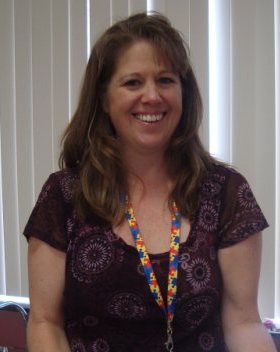How to teach algebra to students who most likely lack any or all of the prerequisite skills can be a huge challenge. Perhaps you find yourself asking why even bother teaching algebra to students who have intellectual disabilities. I hear you; I asked myself the same question many times. The truth is that it is not easy, and may feel like a waste of time, but teaching algebra to your students in a special education classroom can have a lot of benefits, plus research shows algebra uses a whole different part of your brain >> and that may be a good thing.
Using daily schedules to teach algebra
A big benefit to teaching algebra is that it is a great way to teach problem solving. In real life situations, we often don’t have all the facts. More often that not, there are unknowns that we have to recognize and accept. Algebra is all about working with unknowns. It is NOT just about solving for X or that unknown. Algebra is learning how to arrange what you know and what you don’t know in a way that makes sense TO YOU.
Let’s look at a very concrete, typical example a student in this population may face. Many students who are in high school will be given the opportunity to create and have control over their own schedule, or at least part of it. Let’s say Sally comes into your room in the morning. You hand her a blank schedule that has 5 empty slots.
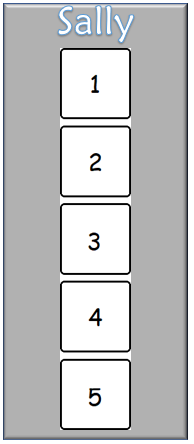
You then ask Sally to arrange her schedule for the morning, choosing 3 blue activities and 2 red activities. The first few are easy for her. Sally picks her favorites: arranging the class calendar (red), the book center (blue) and basic cooking skills (blue).
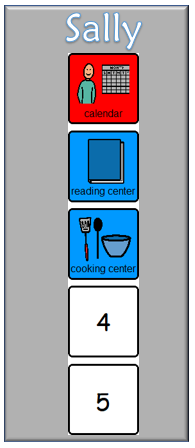
You remind Sally she can choose 3 blue and 2 red activities. Does that sound like an algebra equation to you? Maybe: 3X + 2Y = 5. How can you help Sally figure out how many more red and blue activities she can choose? An easy way is to use color-coding, and if Sally was in elementary school that would be the perfect choice.
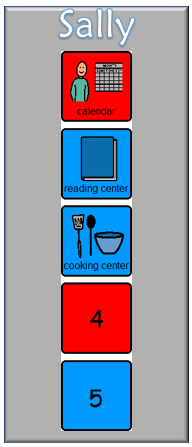
But, why not take this opportunity to work on some real world algebra? Have Sally go back to the original request, and using colored counters or snap cubes, set up the equation.

Because algebra (and solving equations in general) is all about balance, it helps if students transfer this equation to either a physical balance scale or one that is drawn on paper.
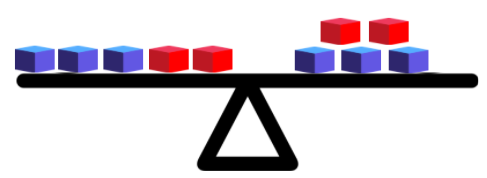
Now, have Sally take off those activities she has already put on her schedule.
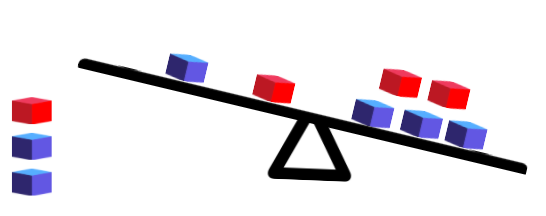
Oh, no! this does not look balanced at all. Can Sally figure out what to do the right side so it will stay balanced?

As Sally continues to make her morning schedule, have her manipulate the colored cubes until the scale is empty. Although this may seem like a lot of extra work, you basically just taught an algebra lesson for the day. In addition, it was surely more meaningful than simply solving 3X + 2Y = 5 at a desk with colored blocks.
If you are looking for a great manipulative kit to teach algebra in a hands on way, I would definitely recommend Hands On Equations. Just like using fraction bars can make the biggest difference for our struggling students when learning fractions, Hands on Equations brings the same benefits to algebra.
To download a list of everyday scenarios you can use to teach solving for algebraic equations, click the button below.
To check out some of the units I have on Algebra, click the links below.
- Introduction to Algebra Unit
- Advanced Algebra Unit
- Advanced Algebra: Solving for Inequalities
- Systems of Equations and Inequalities

